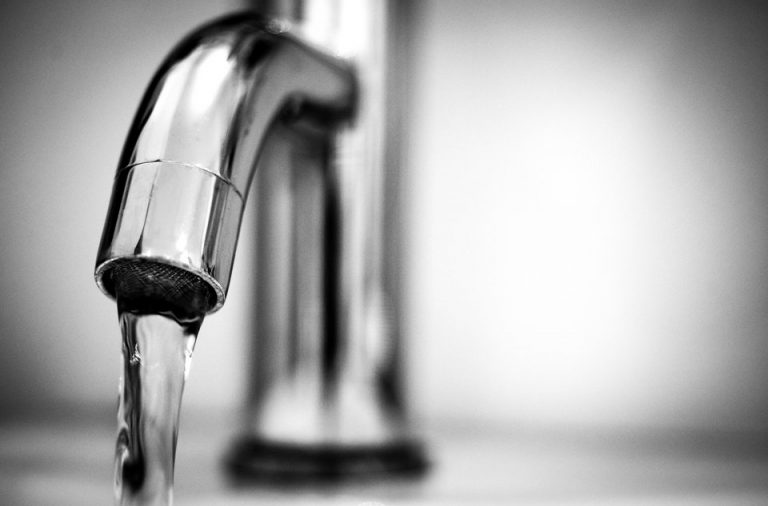Due to the COVID-19 pandemic, many places of work including hotels, hostels, leisure facilities, offices, gyms and salons have had to close. Closure or restricted use of buildings or parts of buildings can increase the risk for Legionella growth in water systems and associated equipment if they are not managed adequately. This alert highlights the importance of maintaining water systems and Legionella controls during the COVID-19 pandemic and performing maintenance of water systems prior to buildings being put back into use in order to minimize the risk of Legionnaires’ disease. This guidance is aimed at all public, residential and office buildings including hotels, schools and businesses.
Prevention of Legionnaires’ Disease during the COVID-19 pandemic
The proper design, maintenance and temperature of potable water systems are the most important method for preventing the amplification of Legionella. Water systems that have been shut down, have had low water usage or limited control measures during the pandemic may result in an increased risk of Legionella bacteria being present.
To prevent growth of Legionella and minimize the risk of Legionnaires’ disease on re-opening of buildings the following steps should be taken:
- Maintain routine water system management and Legionella control systems during the pandemic.
- Hot water should be maintained above 60˚C and delivered to taps at temperatures above 50˚C.
- Cold water should be maintained below 20°C.
- If using a biocide, maintain target levels throughout the system.
- For premises that have had to shut down, perform controlled flushing of all hot and cold water outlets (showers, taps, toilets, urinals and any other points on the water system) at least weekly to prevent water stagnation.
- Appropriate PPE, such as an N95 respirator, should be used when performing flushing, cleaning or other aerosol-generating procedures.
- Buildings that have been closed for more than a month without maintenance should not be used straight away but water systems should be thoroughly flushed, cleaned and disinfected before bringing into use again.
- Some water systems, such as wet cooling systems, may require water testing prior to re-use.
Legionnaires’ disease
Legionnaires’ disease is a severe pneumonia caused by Legionella bacteria, most commonly Legionella pneumophila. The mortality rate in infected individuals ranges between 10 – 20%. Symptoms are non-specific and may include a flu-like illness, followed by a dry cough, which progresses to a lower respiratory tract infection and pneumonia. Legionella bacteria may also cause Pontiac fever, a mild, self- limiting flu-like illness
All persons can develop Legionnaire’s disease. However, the risk is higher in persons over the age of 50 years. Male gender, persons with immunodeficiency syndromes or chronic underlying medical conditions of the lung, heart or liver and smokers are also at increased risk.
Transmission of Legionella
Legionella bacteria are found in low numbers in environmental water sources, including rivers, lakes, ground water and moist soil. Warm water temperatures (25°C to 50°C) and poor or no flow increases the risk of growth and spread of the bacteria. In man-made water systems that are not adequately managed the bacteria can multiple to high levels which can cause infection.
Persons become infected by breathing in water droplets containing the Legionella bacteria. Water droplets are generated by spraying or bubbling air through water in which the bacteria are present. Legionella is not transmitted from person-to-person. Wherever water droplets can be created there is a risk of infection, including:
- Hot and cold water systems (e.g. showers, taps and toilets)
- Cooling towers and evaporative condensers of air conditioners
- Machine cooling systems
- Spa pools (Jacuzzis)
- Ornamental fountains and water features
- Humidifiers in food display cabinets and factories
- Dust suppression systems such as those used in construction and cement industries
- Respiratory therapy equipment
- Spray irrigation systems
- Vehicle washes and pressure hoses
For additional information and detailed guidance:
https://www.cdc.gov/coronavirus/2019-ncov/php/building-water-system.html





